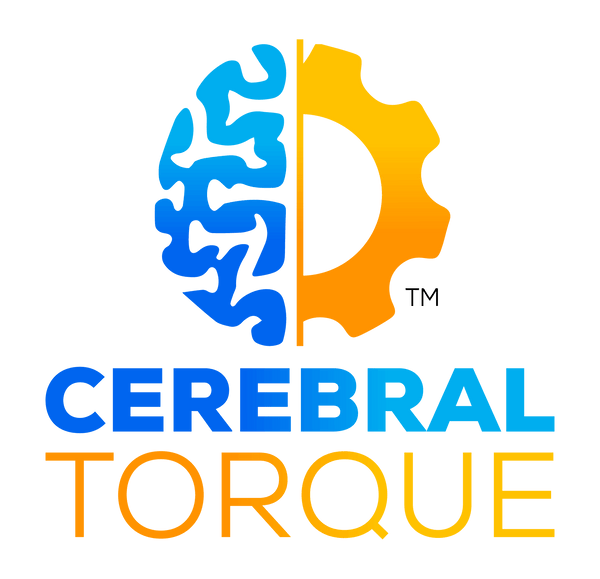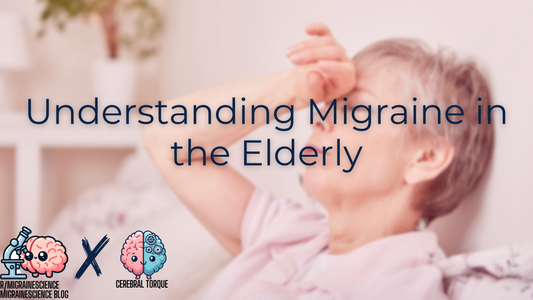
The Relationship Between Comorbid Sleep Problems, Central Sensitization, and Headache-Related Disability in Migraine Patients
Cerebral TorqueShare
A recent study by Suzuki et al. (2024) has uncovered a relationship between comorbid sleep problems, central sensitization, and headache-related disability in migraine patients. We will analyze the findings of this study and talk a bit about the relationship between sleep disorders and migraine.
The Burden of Sleep Problems in Migraine Patients
The study revealed a high prevalence of sleep problems among migraine patients. Insomnia was the most common sleep complaint, affecting 71.6% of patients, followed by excessive daytime sleepiness (34.4%), restless legs syndrome (RLS; 25.6%), probable rapid eye movement sleep behavior disorder (pRBD; 21.4%), and suspected sleep apnea (10.2%). It’s important to note that a large majority of migraine patients (87%!) experienced at least one sleep problem, highlighting the need for increased awareness and targeted interventions.
The Impact of Multiple Sleep Problems on Headache-Related Disability
The authors of the study found that the greater the number of comorbid sleep problems, especially when three or more were present, the higher the Migraine Disability Assessment (MIDAS) and Central Sensitization Inventory (CSI) scores in migraine patients. This finding highlights the cumulative impact of multiple sleep disturbances on headache-related disability. Insomnia, being the most prevalent sleep complaint, likely has the most significant influence on migraine-related disability.
Central Sensitization (A Potential Mediator)
Central sensitization, a process in which the central nervous system becomes hypersensitive to sensory input, has been implicated in the pathophysiology of migraine. This study found that CSI scores increased with the presence of one or more sleep problems. Furthermore, mediation analysis revealed that CSI partially mediated the relationship between the number of sleep problems and headache-related disability. This finding suggests that central sensitization may play a crucial role between sleep disturbances and migraine severity.
Clinical Features of the Studied Sleep Disorders in Migraine Patients
- Restless Legs Syndrome (RLS): RLS is characterized by an irresistible urge to move the legs, often accompanied by uncomfortable sensations, which are partially or totally relieved by movement. The symptoms worsen during rest or inactivity and are more prominent in the evening or night. According to the International Restless Legs Syndrome Study Group (IRLSSG), the diagnosis of RLS requires the presence of all five essential criteria, including the urge to move the legs, worsening of symptoms during rest or inactivity, relief by movement, predominance of symptoms in the evening or night, and the absence of other conditions that could account for the symptoms.
- Rapid Eye Movement Sleep Behavior Disorder (RBD): RBD is a parasomnia characterized by dream enactment behaviors that emerge during REM sleep due to a loss of normal REM sleep atonia. The International Classification of Sleep Disorders, Third Edition (ICSD-3) diagnostic criteria for RBD include repeated episodes of sleep-related vocalization and/or complex motor behaviors, documentation of these behaviors occurring during REM sleep or based on clinical history, presence of REM sleep without atonia on polysomnography, absence of epileptiform activity during REM sleep, and exclusion of other sleep disorders that could better explain the symptoms.
- Obstructive Sleep Apnea (OSA): OSA is characterized by repetitive episodes of complete or partial upper airway obstruction during sleep, leading to apneas, hypopneas, and respiratory effort-related arousals. Patients often report loud snoring, witnessed apneas, and excessive daytime sleepiness. The diagnosis of OSA is based on the presence of characteristic symptoms and either an apnea-hypopnea index (AHI) ≥5 events/hour on polysomnography or respiratory event index (REI) ≥5 events/hour on home sleep apnea testing (HSAT).
- Insomnia: Insomnia is defined as persistent difficulty initiating or maintaining sleep, early morning awakenings, or non-restorative sleep, despite adequate opportunity and circumstances for sleep, resulting in daytime impairment. The ICSD-3 diagnostic criteria for chronic insomnia disorder require the presence of sleep disturbance and associated daytime symptoms occurring at least three times per week for at least three months, with significant distress or impairment in functioning. While polysomnography is not routinely indicated for insomnia, it may be used to rule out other comorbid sleep disorders.
The Importance of Addressing Sleep Disorders in Migraine Management
Given the high prevalence of sleep problems among migraine patients and their significant impact on headache-related disability, it is crucial for healthcare professionals to screen for and address sleep disorders as part of comprehensive migraine management. Identifying and treating conditions such as insomnia, RLS, RBD, and OSA may not only improve sleep quality but also reduce the burden of migraine on patients' daily lives.

